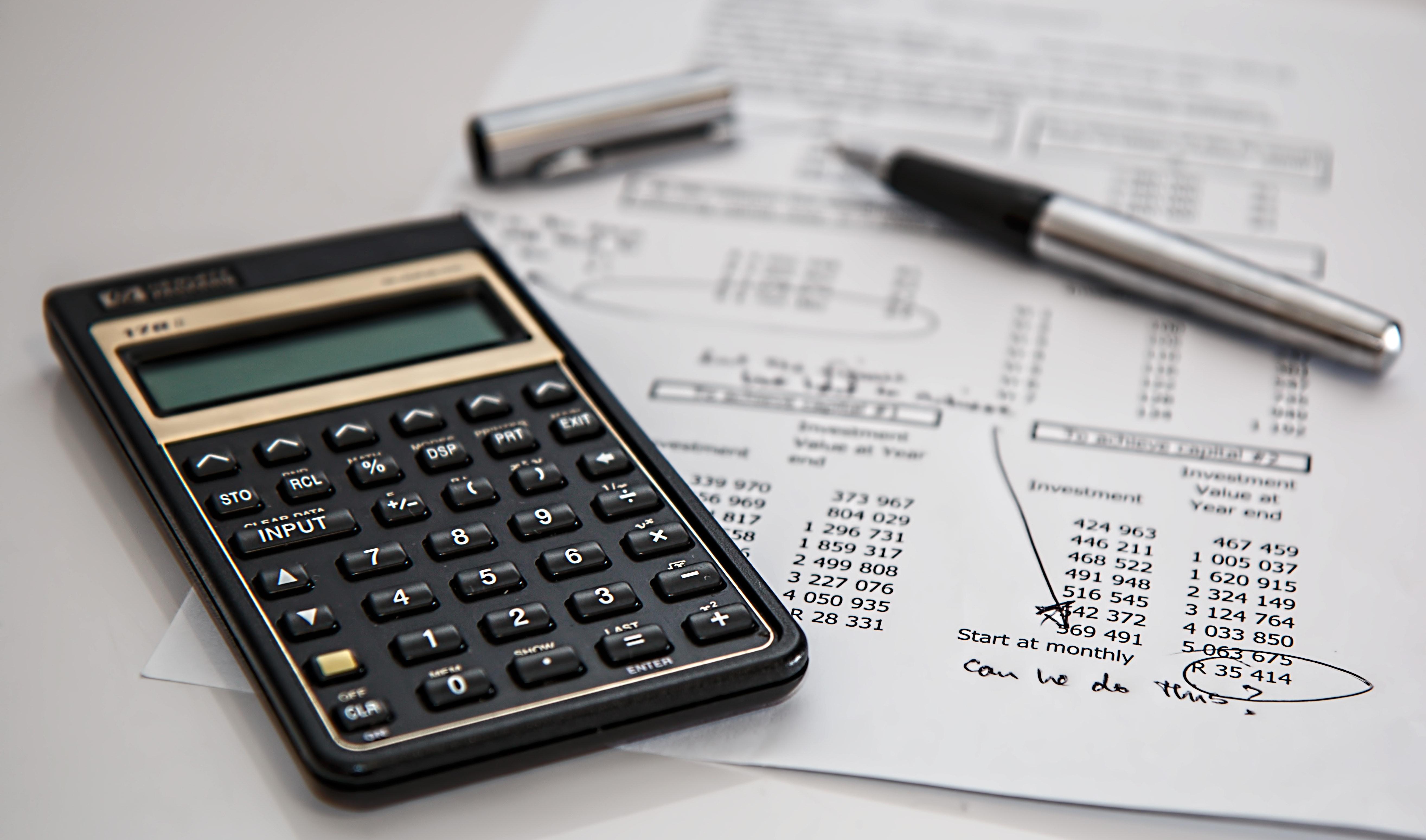IRR vs ROI
Savvy investors understand the difference between IRR vs ROI. Internal Rate of Return (IRR) and Return on Investment (ROI) are two common ways real estate investors can measure performance on investments. Knowing how to calculate rate of return on investment opportunities is important so you can make sound decisions regarding where, how and how much to invest. One key aspect of this is figuring out rate of return formulas that give you a greater look at both short and long term investments.
Whether you’re a seasoned real estate investor, or you’re just getting started, understanding at least the basics about rate of return on investments you’re considering is a must. Investment rate of return calculations let you analyze and forecast expected and actual returns.
So, how do ROI vs IRR come into play here? At a very high level, ROI shows total growth on an investment from start to finish, whereas IRR depicts annual growth rate. Keep reading to learn more about what does rate of return mean, the differences between Return on Investment and Internal Rate of Return, how to calculate each, as well as what’s considered “good.”
What is ROI?
Return on Investment (ROI) measures how much a property value has changed by comparing the original purchase value to its present day value. ROI differs from IRR in that ROI doesn’t consider the time value of money, whereas IRR does.
Because ROI doesn’t take into account how long a property is owned or when net income cash flows come in, it’s a simpler calculation. Yet while it’s easier to figure out, ROI also offers a much less clear picture of investment performance in the long run, making it somewhat less valuable in terms of truly understanding how much your invested money will work for you. The actual formula to figure out the percentage return on investments using ROI can be easily factored.
ROI Formula
ROI is found using a clear, straightforward formula:
ROI = Current Value / Original Purchase Value -1 * 100
So, for example, if you purchased an investment property 10 years ago and you paid $250,000 and it’s now appraised at $300,000, your ROI is 20%. It can be calculated by:
ROI = 300,000/250,000=1.2 - 1 * 100 = 20%
What is IRR?
The percentage of return on an investment can also be figured out using what’s known as Internal Rate of Return (IRR). IRR is another way to say annualized return. It’s the rate of annual return on an investment when looked at multiple factors, and it measures how much cash flow will be generated from investments you hold for longer than a year.
Because it’s more of a long term, holistic assessment, IRR can be a great way to compare alternative investments. But because it’s much more complex to figure out than ROI, IRR must be calculated with a financial calculator, by using Excel or through another software created to determine it. There are also online IRR calculators that you can use. Despite its complexity to figure out, IRR gives investors a much more accurate and complete picture of how their investments are performing.
How is IRR Calculated
Calculating IRR involves setting the Net Present Value of future cash flow to be equal to 0 and then solving for the discount rate (r). The discount rate is the return that would be expected from any alternative projects. If you want to compare similar investments, you should use whatever has the higher IRR with similar parameters.
IRR Formula
As noted, IRR is a complex rate of return equation that really can’t be calculated analytically. IRR percentage return formula looks like this:

Note the following:
IRR = Internal Rate of Return
NPV = Net Present Value
T = Number of Time Periods
Ct = Total Net Cash Flow During Period T
C0 = Total Initial Investment Costs
What is a Good IRR Rate
Determining what a “good” IRR rate is, as you may expect by this point, isn’t as straightforward and easy as figuring out what an acceptable ROI is. At the heart of it, a good IRR rate is in large part just one that you’re comfortable with. If you think the return you’ll see appropriately reflects the return vs. risk on your investment, then it’s a good IRR rate.
One note to keep in mind is that a higher percentage IRR isn’t necessarily always the better end of the deal. First, you should understand that an IRR calculation can be swayed by the timing of cash flow and the overall timeline of the investment. So a slightly lower IRR, that’s consistent and ongoing for a longer time period, may actually be better than a higher rate for a shorter time period.
Closing Thoughts
Smart investing is worth the time and research it takes. Understanding how to calculate not only risk, but also reward, is key to making investments that’ll earn the most on your money. ROI versus IRR are two important concepts that every investor should have a good grasp on.

